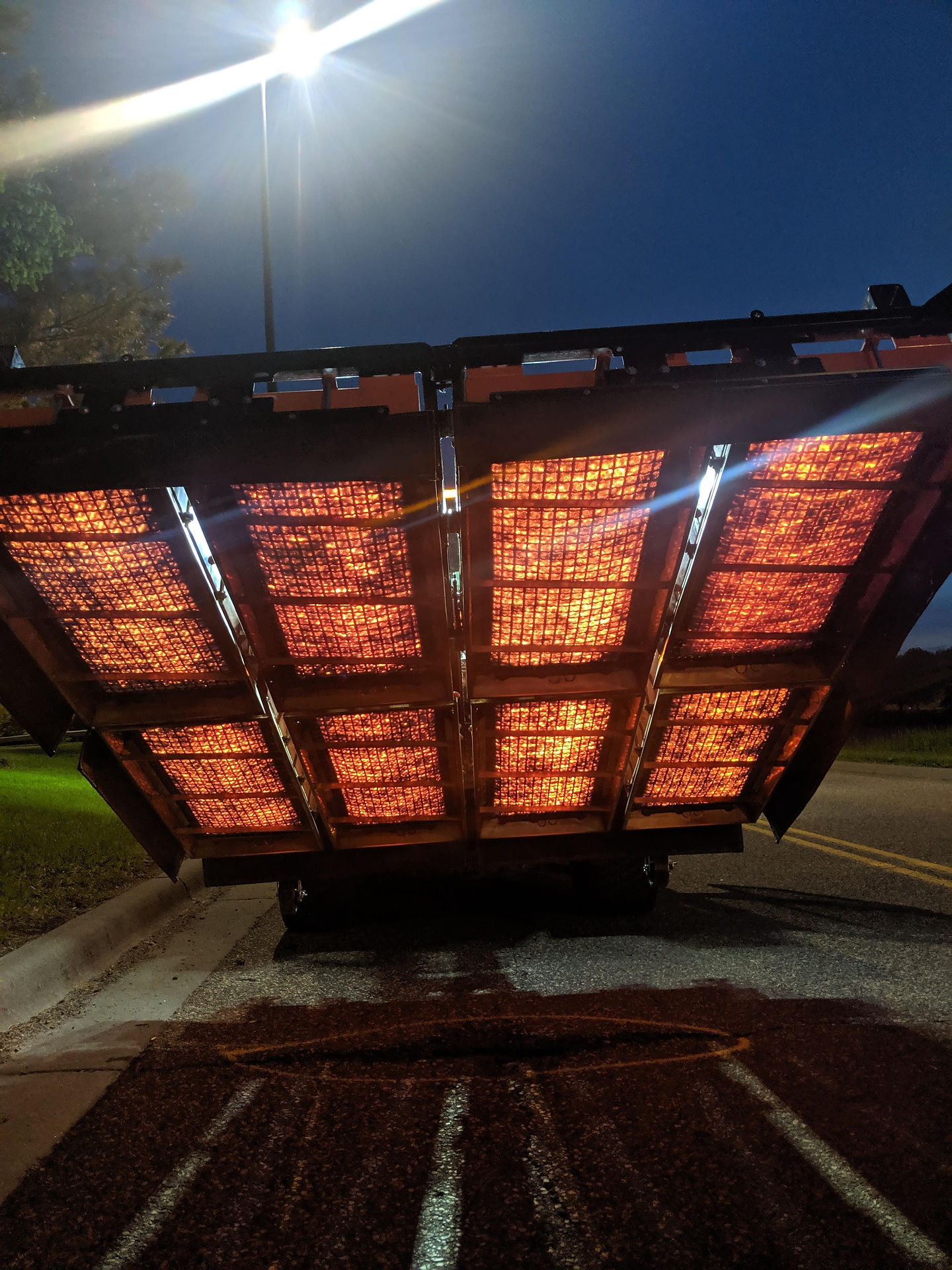
Asphalt is a critical component in the construction and maintenance of our roads, but it comes with a hefty price tag that’s only been increasing over time. According to data from the Ministry of Transport Ontario (MTO), the price of asphalt cement has nearly doubled between January 2018 and January 2023, jumping from $588.60 per tone to a staggering $1,182.00 per tone (MTO AC Price Index). Given that asphalt cement makes up about 5% of asphalt pavements, the cost implications are significant. And when you add in the expenses for aggregate, trucking, and asphalt plants, the financial burden on public bodies becomes even more pronounced.
So, what’s the solution to managing these skyrocketing costs while still maintaining high-quality roads? Hot In Place Patch Repair (HIPPR) offers a compelling answer.
The Financial Case for HIPPR
HIPPR is a method that involves reheating the existing asphalt surface, mixing in a rejuvenating agent, and repaving the surface—all without the need for new materials or extensive labor. This approach allows for the 100% recycling of cracked asphalt in place, which not only cuts down on the need for new raw materials but also reduces transportation and production costs.
Given the rising cost of asphalt, the financial benefits of HIPPR are clear. By utilizing the asphalt that’s already in place, public bodies can dramatically reduce the costs associated with new materials and construction, translating into significant savings for taxpayers.
Environmental Benefits
The financial advantages of HIPPR are just one part of the story. This method is also a game-changer for the environment. By reducing the need for new asphalt production and minimizing trucking and aggregate use, HIPPR can lower CO2e emissions by 50% to 80%. This reduction aligns perfectly with governmental and municipal targets for lowering the environmental impact of public works projects. With climate change posing an ever-increasing threat, adopting sustainable practices like HIPPR is not just a cost-saving measure, but a crucial step towards a greener future.
Fast and Efficient
In addition to being cost-effective and environmentally friendly, HIPPR is also fast. The process allows for quick repairs that minimize disruptions to traffic and the daily lives of citizens. Public bodies can address road repairs more efficiently, ensuring that infrastructure remains in top condition without lengthy closures or detours.
Why HIPPR is the Cool Choice
Not only is HIPPR an effective solution for managing costs and reducing environmental impact, but it’s also a forward-thinking approach that aligns with modern values of sustainability and efficiency. In a sense, HIPPR is the “cool” choice—much like the Fonz from the classic TV show Happy Days. It’s smart, it’s effective, and it gets the job done right.
Public bodies that adopt HIPPR are not just making a financially sound decision—they’re also setting a standard for how infrastructure can be maintained in a way that benefits both the environment and the community.
Conclusion
The cost of road maintenance is not going down any time soon, and the environmental challenges we face are only becoming more urgent. That’s why it’s time for public bodies to seriously consider HIPPR as a go-to solution for road repairs. Not only does it offer a way to recycle existing materials and reduce emissions, but it also promises significant cost savings—savings that can be passed on to taxpayers.
So, the next time you see your local representative, ask them: Are your works people HIPPR people? If they are, you can feel confident that your community is on the cutting edge of road repair technology—saving money, protecting the environment, and ensuring a smooth ride for everyone.



Kommentarer